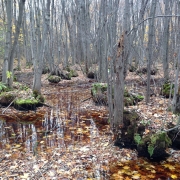CONSERVATION, REHABILITATION, RENATURATION AND RESTORATION: FOUR TERMS YOU NEED TO KNOW
L’être humain est le principal utilisateur de l’environnement. Très peu de milieux naturels ont échappé à ses diverses interventions: chasse, pêche, loisirs, exploitation agricole, forestière ou minière, développement urbain, empiétement sur les milieux riverains et aquatiques, assèchement de terres humides, etc. MELCCFP, 2023 [1].
Traduction, humans are the main users of the environment. Very few natural environments have escaped its various interventions: hunting, fishing, recreation, agricultural, forestry or mining operations, urban development, encroachment on riparian and aquatic environments, draining of wetlands, and so on.
We have transformed our territory according to our needs, sometimes forgetting those of nature. Today, we have an obligation to take care of nature and prioritize it in our decisions. Do you know what the following four terms are?
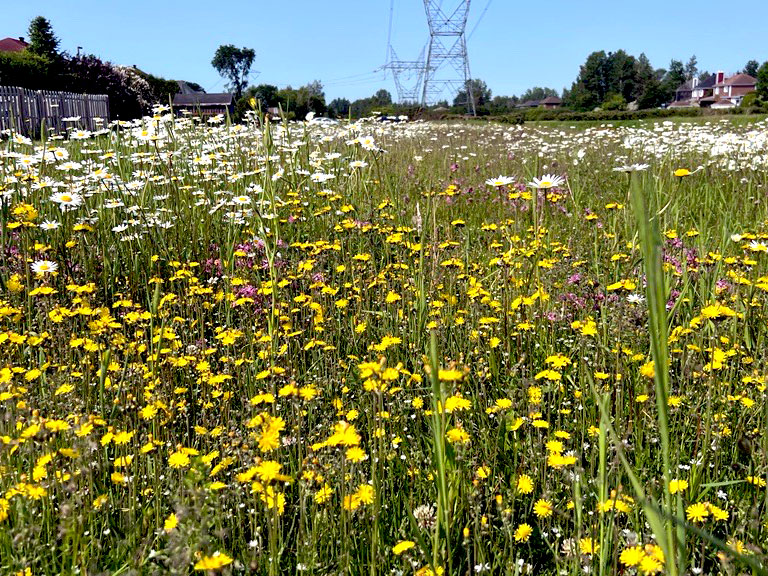
MISE EN PLACE DE BANCS D’ESSAI POUR LA GESTION DIFFÉRENCIÉE DE LA VÉGÉTATION – HYDRO-QUÉBEC, T2 (2023 – en cours)
Conservation
Conservation is the action of keeping something in its original state. Ecological conservation means protecting and preserving natural environments as they are. No construction or other modification of the land is possible.
Conservation also means recognizing the intrinsic benefits of nature. Putting its biological and ecological value first, rather than its economic value. It means seeing nature as part of our heritage; we have “nature museums” [1].
It’s possible to conserve all kinds of natural environments: wetlands, forests, lakes and so on. Sometimes it’s to protect a threatened or rare species of wildlife, such as the Eastern Spiny softshell turtle, or flora, such as inland milkweed [2].
Here are just a few: Conservation Nature Canada, Réseau des milieux naturels protégés, Corridor Appalachien, Fondation de la Faune du Québec, etc.
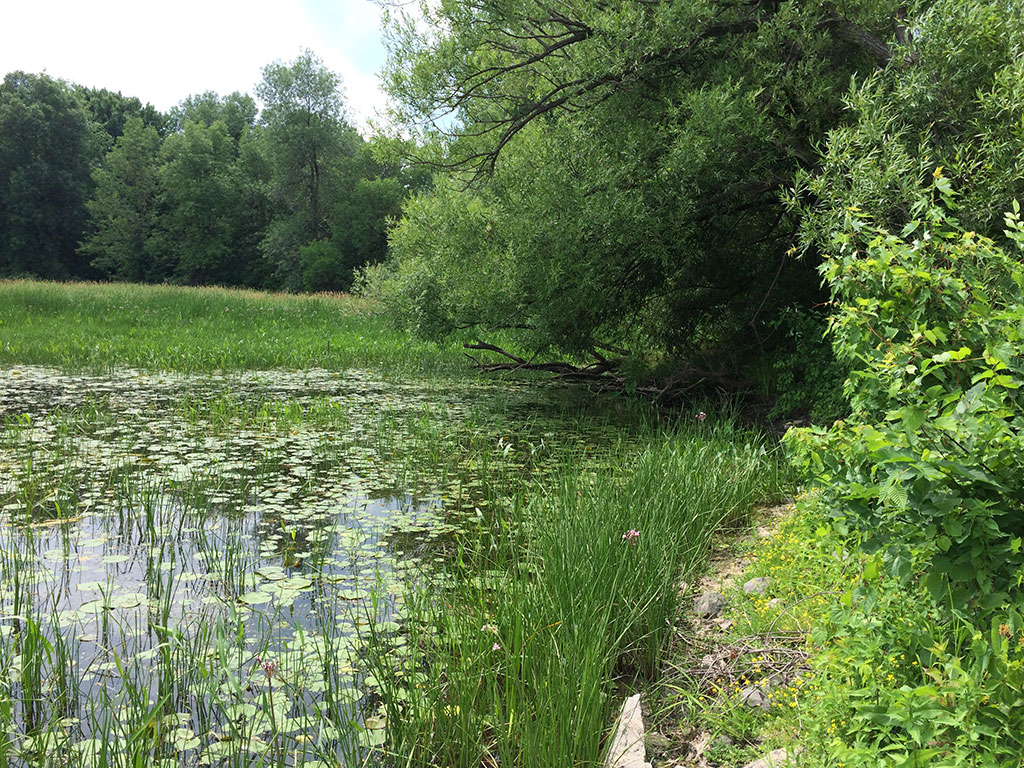
INVENTAIRE DE TORTUES ET PLAN D’AMÉNAGEMENT POUR LA MISE EN PLACE DE SITES DE NIDIFICATION POUR DES TORTUES, T2 (2016)
Remediation
Remediation occurs when land, surface water and/or groundwater are contaminated. The goal of remediation is to return the land to industrial, residential or other uses. Since 1988, we have had a Contaminated Land Rehabilitation Policy. Over the years, this has enabled us to develop expertise in the treatment of contaminated soils [3].
Nature is mainly contaminated by human activities. Contaminated environments have negative impacts on human health and the environment. Any industry that contaminates soil or water in the course of its activities must rehabilitate it. It is the polluter’s responsibility to pay for his contamination, whether it be a spontaneous accidental spill or contamination due to daily activities. [3]
Remediation attempts to restore the initial state of the environment (soil, groundwater or surface water) in terms of its physical and chemical characteristics. [3] When the initial state is impossible to restore, the aim is to restore ecological functions.
«Renaturation»
This term is mainly used in France, but not much in Quebec. It refers to the return of nature on a site. Renaturation includes all actions that reduce the human impact on a site [4].
Opposed to the concept of artificialisation, renaturation takes an anthropized place and adds natural elements. Renaturation is often used in cities, for example, to revegetate areas and reduce heat islands. [4]
Renaturation can be applied to soil or aquatic environments. The term is broad and can refer to a number of acts: planting pollinator-friendly flowers along sidewalks, restoring a linearized watercourse to one straightened by anthropogenic activities and thus giving it a more natural movement, or introducing native species to a battered woodland. [4]
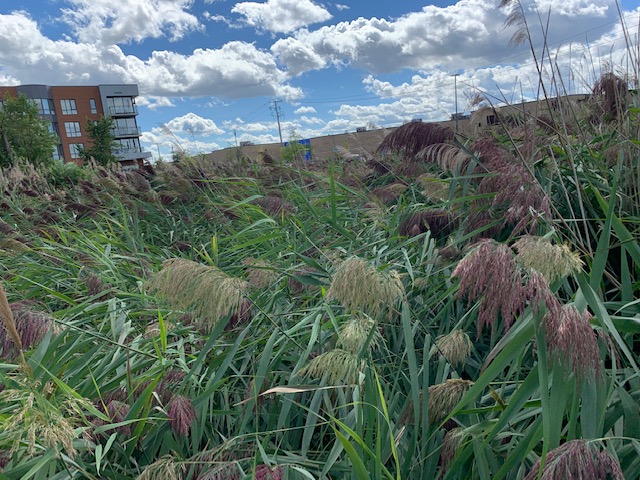
PLAN DE RESTAURATION DE L’ÎLOT BOISÉ SITUÉ À L’INTERSECTION DE LA RUE LIONEL-DAUNAIS ET DU BOULEVARD DE MONTAGNE À BOUCHERVILLE, T2 (2020)
Restoration
Ecological restoration means taking a disturbed natural environment and restoring it to a state of equilibrium. Sometimes, this means returning to the state that preceded a disturbance. A Woodland cut down to install multi-purpose trails and revegetated following site closure, is an example. In other cases, restoration gives a new life, quite different from the site’s past. In all cases, the aim is to achieve a dynamic balance. This balance is achieved when :
- several species interact with each other
- several ecological functions are fulfilled, such as filtering water;
- disturbance will not affect the site in the long term. [5]
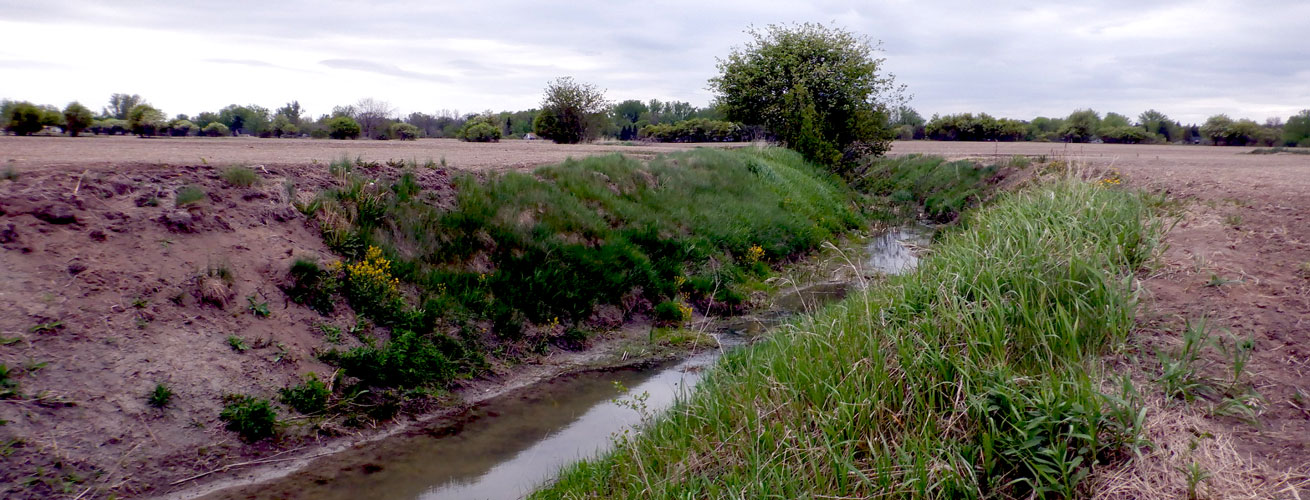
RESTAURATION ET CRÉATION DE MILIEUX HUMIDES ET HYDRIQUES AVEC LA VILLE D’OTTERBURN PARK, T2 (2019 – en cours)
Several entities are working hard to provide us with more healthy natural environments. T2 is part of this effort. A good example is the wetland restoration and creation project at Ottoburn Park. Their waterways and wetlands were heavily disturbed by agriculture and urbanization. The aim was to restore the ecological functions of the environment. Visit our Realisation section to look at it and other projects.
[1] Ministère de l’Environnement, de la Lutte contre les changements climatiques, de la Faune et des Parcs. (2023). Ces habitats protégés au Naturel. [Online]. https://www.environnement.gouv.qc.ca/biodiversite/reserves/index.htm#:~:text=Word%2C%20120%20ko)-,Qu%27est%2Dce%20qu%27une%20réserve%20écologique%3F,présentent%20des%20caractéristiques%20écologiques%20distinctives.
[2] Ministère de l’Environnement, de la Lutte contre les changements climatiques, de la Faune et des Parcs. (2022). Liste des espèces floristiques désignées menacées ou vulnérables ou susceptibles de l’être. [Online]. https://www.environnement.gouv.qc.ca/biodiversite/especes-designees-susceptibles/index.htm
[3] Ministère de l’Environnement, de la Lutte contre les changements climatiques. (2021). Guide d’intervention Protection des sols et réhabilitation des terrains contaminés. [Online]. https://www.environnement.gouv.qc.ca/sol/terrains/guide-intervention/guide-intervention-protection-rehab.pdf
[4] Géoconfluence – Ressource de géographie pour les enseignants. (2023). Renaturation. [Online]. http://geoconfluences.ens-lyon.fr/glossaire/renaturation#:~:text=La%20renaturation%20désigne%20une%20large,espace%20perçu%20comme%20trop%20artificiel.
[5] Gouvernement du Canada. (2008). Principes et lignes directrices pour la RESTAURATION ÉCOLOGIQUE dans les aires naturelles protégées du Canada. [Online]. https://parcs.canada.ca/nature/science/conservation/ie-ei/re-er/pag-pel#

